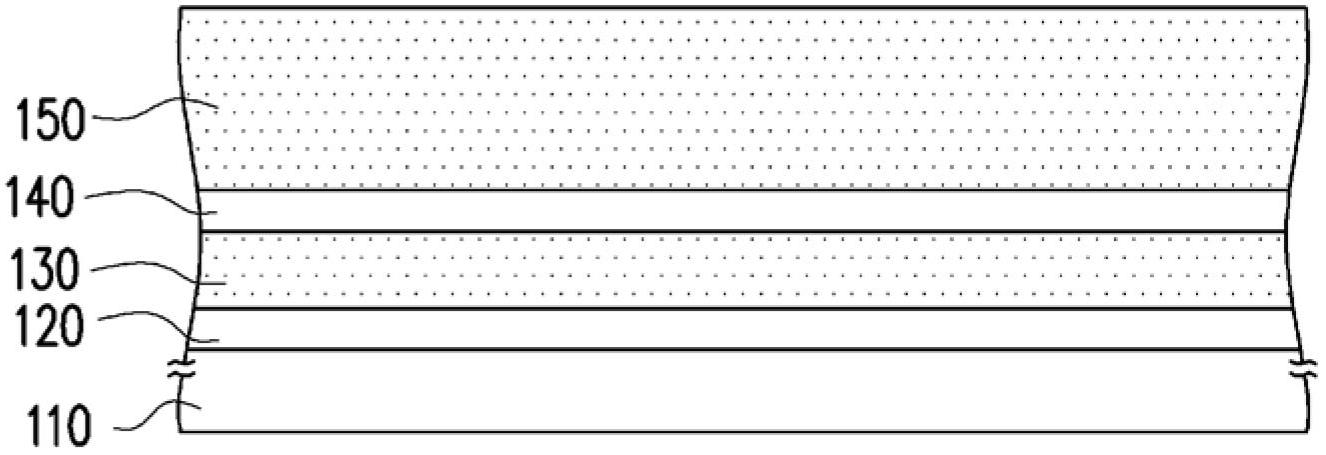Array substrate and method for manufacturing polycrystalline silicon layer
A technology for array substrates and polysilicon layers, which is applied in transistors, semiconductor/solid-state device manufacturing, electrical components, etc., and can solve problems such as damaging flexible substrates, component degradation, and affecting the characteristics of display components
- Summary
- Abstract
- Description
- Claims
- Application Information
AI Technical Summary
Problems solved by technology
Method used
Image
Examples
Embodiment Construction
[0037] Figure 1A to Figure 1E is a schematic cross-sectional flow diagram of a method for fabricating a polysilicon layer according to an embodiment of the present invention. Please refer to Figure 1A Firstly, the first buffer layer 120 is formed on the flexible substrate 110 . In this embodiment, the flexible substrate 110 is, for example, a polyimide substrate, a glass substrate, a metal substrate or other substrates. The thickness of the flexible substrate 110 is, for example, greater than 0.01 mm. In one embodiment, the glass transition temperature of the flexible substrate 110 is, for example, less than 400°C. The material of the first buffer layer 120 is, for example, a dielectric material including silicon nitride, silicon oxide, or silicon oxynitride, and its thickness is, for example, 50 nm. A method for forming the first buffer layer 120 is, for example, plasma-assisted chemical vapor deposition.
[0038] Please refer to Figure 1B , and then, a first barrier ...
PUM
| Property | Measurement | Unit |
|---|---|---|
| Thermal conductivity | aaaaa | aaaaa |
| Thickness | aaaaa | aaaaa |
| Thickness | aaaaa | aaaaa |
Abstract
Description
Claims
Application Information
 Login to View More
Login to View More - R&D
- Intellectual Property
- Life Sciences
- Materials
- Tech Scout
- Unparalleled Data Quality
- Higher Quality Content
- 60% Fewer Hallucinations
Browse by: Latest US Patents, China's latest patents, Technical Efficacy Thesaurus, Application Domain, Technology Topic, Popular Technical Reports.
© 2025 PatSnap. All rights reserved.Legal|Privacy policy|Modern Slavery Act Transparency Statement|Sitemap|About US| Contact US: help@patsnap.com



